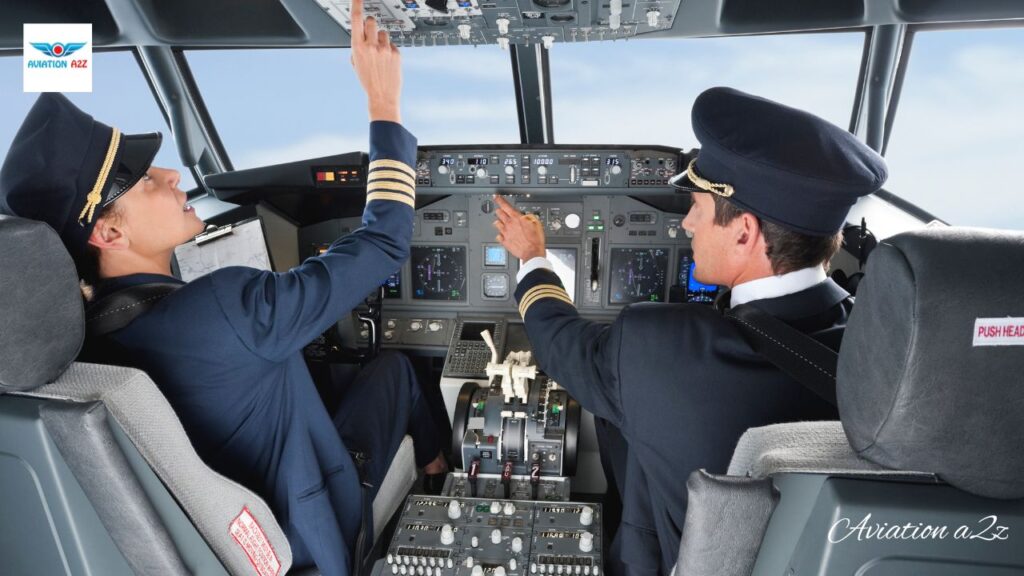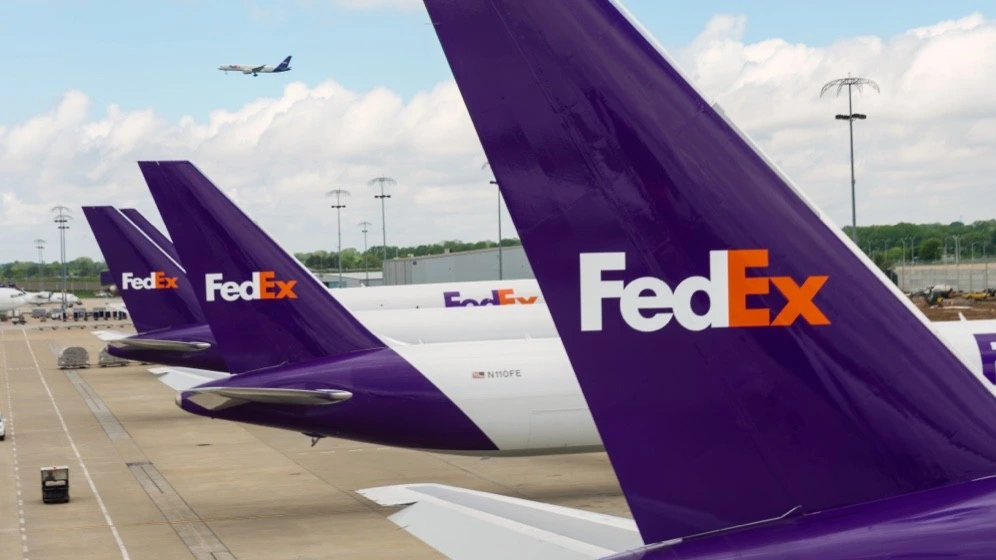AUSTIN- An American Airlines (AA) Boeing 737 and a Cessna 182 came within approximately 350 feet of each other near Austin’s airport on Wednesday morning (October 16, 2024).
The Federal Aviation Administration (FAA) has launched an investigation into a previously unreported near-collision incident over Austin (AUS), Texas.

American Airlines 737 Near Miss
The American Airlines flight, carrying 122 passengers and 6 crew members, was approaching from Chicago (ORD) when the incident occurred around 10:45 am local time.
Air traffic control alerted the Boeing 737 crew to nearby traffic, but visibility was compromised as the aircraft descended into fog on final approach.
The situation escalated when the Cessna 182, with registration N738PG, unexpectedly entered the Boeing 737’s flight path. This prompted a traffic collision avoidance system (TCAS) alert in the American Airlines cockpit, necessitating evasive action by the pilots.
Air traffic control audio captured the tense moments, with a controller asking if the American Airlines pilots had regained visual contact with the Cessna. A pilot responded, confirming they saw the aircraft and said “It flashed us and flew right into us.”
Preliminary data from Flightradar24.com indicates the American Airlines flight was approximately 350 feet above the Cessna 182, with less than 800 feet of horizontal separation between them. The Cessna ultimately landed about 65 miles south of Austin’s airport in Gonzales, Texas.
The FAA stated that the Cessna “unexpectedly entered the flight path of American Airlines Flight 2587,” triggering the alert and subsequent evasive maneuvers.

TCAS Warning Triggered
American Airlines Flight 2587 responded to a Traffic Collision Avoidance System (TCAS) Resolution Advisory (RA) signal to avoid a Cessna 182.
TCAS warnings serve as a critical last-resort measure to prevent mid-air collisions. Pilots are expected to respond within five seconds of receiving an RA.
The American Airlines pilots’ response to the TCAS alert led to a loss of separation with an aircraft, a small private jet. Air traffic controllers urgently directed the private jet to change course, saying, “6-pappa golf turn right 0-3-0 immediately,” followed by, “Papa-golf traffic to your right, an American 737 do you have him in sight?”
American Flight 2587 landed safely after performing a go-around. An American Airlines spokesperson commended the crew’s professionalism and commitment to safety.
Air traffic control audio revealed pilots discussing foggy conditions shortly before the incident. The FAA confirmed all three planes landed safely.
This near-miss follows a recent incident in San Diego where air traffic controllers cleared a Southwest Airlines (WN) flight to cross a runway as another Southwest flight was taking off, necessitating both planes to stop.
In response to these events, the FAA has announced an audit of runway incursion risks at the 45 busiest U.S. airports. The audit will assess procedures, equipment, and processes, creating risk profiles for each airport and recommending safety improvements.
The FAA stated, “While overall runway incursions are significantly down, even one incident is one too many,” emphasizing the ongoing need for vigilance in aviation safety.

Similar Incident
A near-collision incident at Austin airport in February involved a FedEx (FX) 767 and a Southwest 737 in foggy conditions. The National Transportation Safety Board (NTSB) reported the planes came within 150-170 feet of each other.
FedEx First Officer Robert Bradeen spotted the Southwest plane’s position light and silhouette, prompting a go-around call. Bradeen described a moment of disbelief before training and experience took over.
FedEx Captain Hugo Carvajal, piloting the Boeing 767, immediately initiated a climb to avoid a collision. Carvajal emphasized the importance of having two pilots in the cockpit, stating it prevented an aircraft accident.
The FedEx crew expressed concern when air traffic control cleared the Southwest flight for takeoff while they were on final approach, approximately three miles away.
The NTSB investigation concluded that the probable cause was the local controller’s incorrect assumption that the Southwest Airlines plane would depart before the FedEx aircraft arrived on the same runway. This error resulted in a loss of separation between the two planes.

Bottom Line
The Cessna, registered in Acadia, Louisiana, operated outside the approach frequency. It likely flew at low altitudes to maintain visual flight rules, avoiding instrument meteorological conditions. Flight history suggests the aircraft performed touch-and-go maneuvers over several days.
The Cessna made an unexpected turn without communication. Air traffic control cleared the Boeing 737 despite knowing the Cessna’s presence and the 737’s loss of visual contact.
The private pilot bears primary responsibility, but air traffic control’s decision-making appears questionable.
Stay tuned with us. Further, follow us on social media for the latest updates.
Join us on Telegram Group for the Latest Aviation Updates. Subsequently, follow us on Google News

